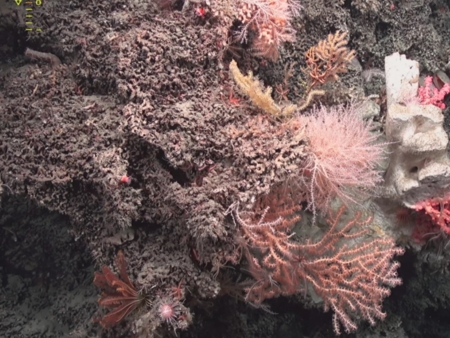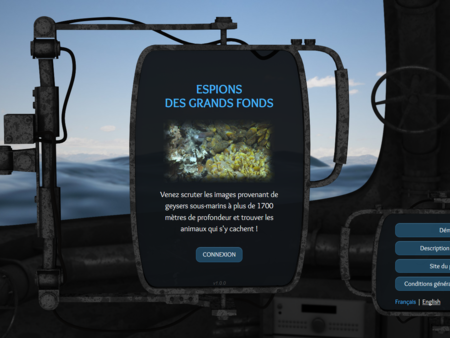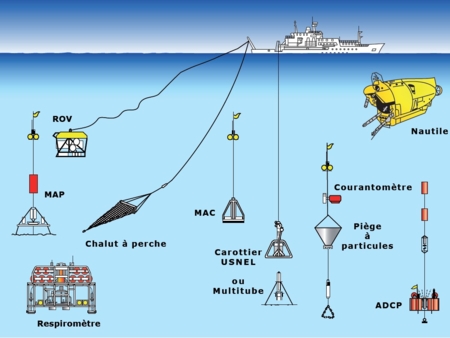The diversification of the antimicrobial peptides from marine worms is driven by environmental conditions
Paru dans Science of the total environment
Bruno, R., Boidin-Wichlacz, C., Melnyk, O., Zeppilli, D., Landon, C., Thomas, F., Cambon, M-A., Lafond, M., Mabrouk, K., Massol, F., Hourdez, S., Maresca, M., Jollivet, D., Tasiemski, A. (2023)
Antimicrobial peptides (AMPs) play a key role in the external immunity of animals, offering an interesting model for studying the influence of the environment on the diversification and evolution of immune effectors. Alvinellacin (ALV), arenicin (ARE) and polaricin (POL, a novel AMP identified here), characterized from three marine worms inhabiting contrasted habitats (‘hot’ vents, temperate and polar respectively), possess a well conserved BRICHOS domain in their precursor molecule despite a profound amino acid and structural diversification of the C-terminal part containing the core peptide. Data not only showed that ARE, ALV and POL display an optimal bactericidal activity against the bacteria typical of the habitat where each worm species lives but also that this killing efficacy is optimal under the thermochemical conditions encountered by their producers in their environment. Moreover, the correlation between species habitat and the cysteine contents of POL, ARE and ALV led us to investigate the importance of disulfide bridges in their biological efficacy as a function of abiotic pressures (pH and temperature). The construction of variants using non-proteinogenic residues instead of cysteines (α-aminobutyric acid variants) leading to AMPs devoid of disulfide bridges, provided evidence that the disulfide pattern of the three AMPs allows for a better bactericidal activity and suggests an adaptive way to sustain the fluctuations of the worm's environment. This work shows that the external immune effectors exemplified here by BRICHOS AMPs are evolving under strong diversifying environmental pressures to be structurally shaped and more efficient/specific under the ecological niche of their producer.










